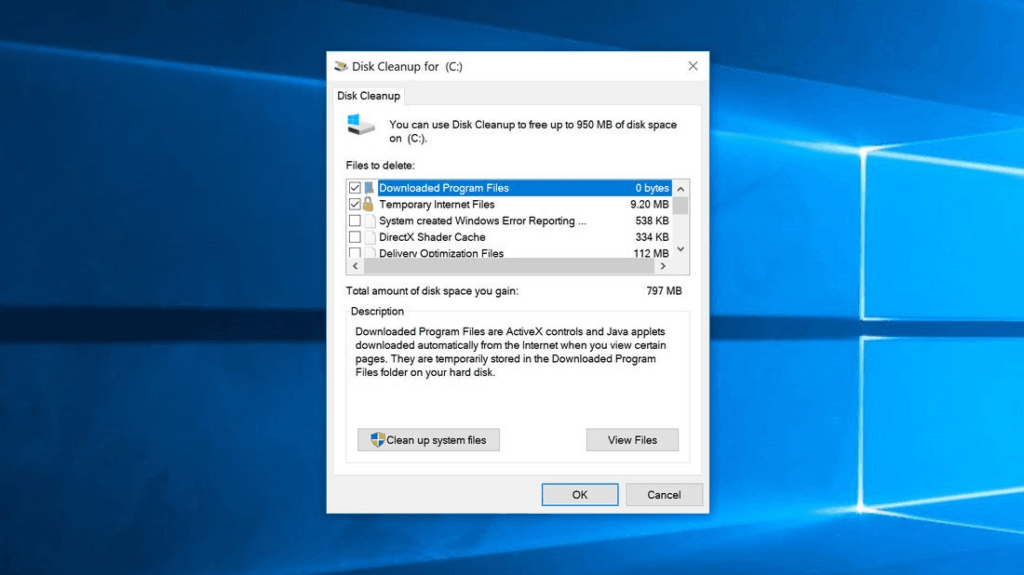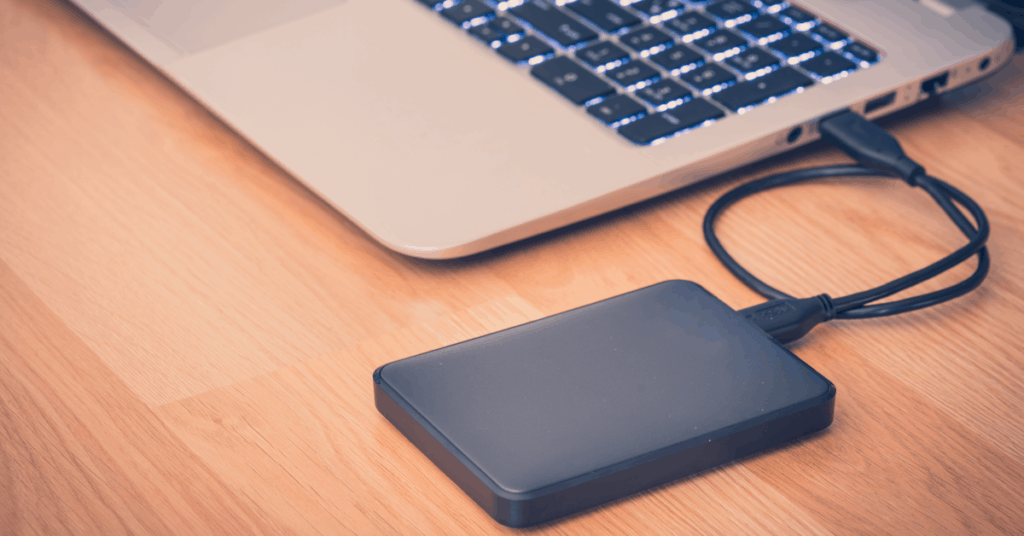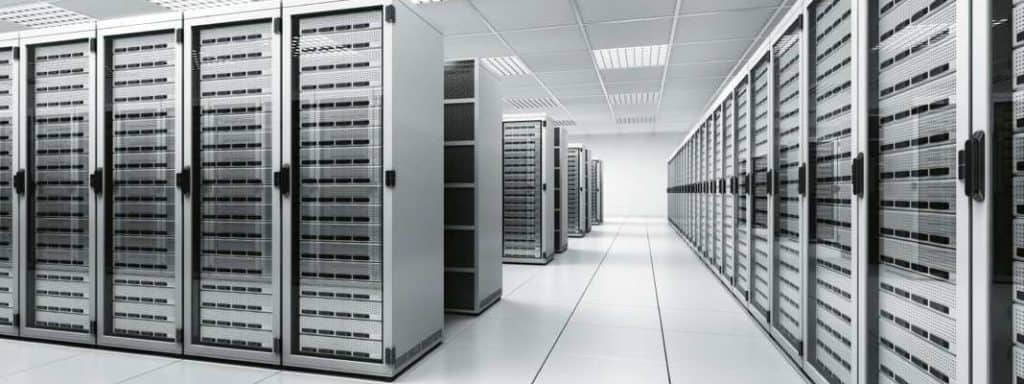The Best Methods of Data Management
Lookign to save on disk space? Find out how...
- Last Updated Sep 8, 2020

Recently there have been a lot of different software launches that have given their users cause for concern as far as the actual size of the files goes. Take Modern Warfare for example. That is a game so big it keeps making headlines nearly a year after its launch, with players going mad over how much of their computer disk space is taken up by one game.
The same reasoning can be applied to pretty much any program – we all know that we have a limited amount of space on our hard drives and SSD’s, and that certain applications and programs take up much more space than others. Whilst some users will complain about the size of Modern Warfare’s game files, there are music and video produces reading this article that would laugh those gamers out of the room when it comes to disk space allocation, as its all relative.
With that being the case then, we thought it might be handy to run through a few different techniques to help keep your PC in slim, working order – helping you keep your disk drives free from data bloat, and ready to store even more data you so badly need.
So, let’s jump into it, and discover a few extra methods that can help you save on your disk space.
Routine Maintenance
This is going to be a fairly basic question, but I bet there are a lot of readers who won’t be able to give the answer I want – but how often do you do basic upkeep on your computer?
You might find the following different procedures labeled computer maintenance – but I also find that when faced with the term ‘computer maintenance’ lots of people shut off their brains and hear nothing more than static. Can’t blame them, it can sound like a lot. But it might be better to think of these processes as more of a cleaning process, or upkeep. It’s going to help you approach them with a much more open and receptive mindset.
Firstly, it’s important to know that regular cleanouts of your computer’s disk drives can do a lot when it comes to freeing up disk space, and there are a bunch of different ways to approach this. The very first thing to do is an automatic process, and its simply performing a disk cleanup.
Now, a disk cleanup itself is pretty easy to execute. Just select the drive that you want to clean, right-click it, and select properties. You will see a button labeled ‘Disk Cleanup’ – just click it. This process will identify all of the different ‘clutter’ or ‘junk’ files present on that particular drive and sweep them away into either your recycle bin, or completely delete them – that is up to you to select.
Realistically, this is the quickest way to free up disk space on your computer, though it might not free up a whole bunch. What might be easier is eliminating the need to delete junk and clutter files in the first place, and again, this is a really simple process.
The first piece of advice: Update your OS. If you have an update pending, just go for it. The same advice goes for any software, and there are a few reasons why. Firstly, updates usually involve downloading patch files ready to integrate into your software, which then deletes the old files they are replacing. Basically, just by running the update, you are clearing out some space on your disk drives by putting the patch into its software, rather than waiting to be integrated and existing only as files.
And this applies to all forms of software really – your OS, different applications, games – they all work in the same way. But, I make mention of your OS for a particular reason here. Usually, updates for an operating system involve upgrades to different aspects of the OS itself, which could mean junk and clutter files are accumulated at a much lower rate. Sometimes, the updates might even compress, or slimline different files that are compulsory in order to run your PC. Basically, updating your OS could lead to a slimmer disk drive, and a slower build-up of rubbish within your PC’s files.
Then we have your temporary files.
Temporary files are made when your computer needs to store information as it creates new data – its basically a holding cell until the new files are made and the information is ready to be properly stored. These files can come from a number of places, your internet browser, third party applications – but they are chiefly managed by your OS on a day to day scale.
All this means is that you should be aware of where your temporary files are stored on your computer and that you should routinely flush them out, as your PC will not always delete these temporary files automatically – and left alone they can build up quite severely.
These different everyday steps can go a long way in keeping your disk drive used space at a minimum – but we aren’t talking about one crucial step in disk space management: Common sense.
Take a look through the applications on your computer right now. Unless it’s a fresh install, or you are a devout minimalist, you are going to have at least five separate programs that you haven’t used in years. I know I do, and its right here that you can save space. Delete your unused programs, those games that you never play, and the untouched mods for them. Just by being a little more judicious and strict with your installed applications, you might find you free up a lot of space for yourself.
If deleting isn’t really in the question though, you can always explore the possibility of compressing your files. Take a larger library of files that you aren’t using currently, and compress them into a zipped format. Why? Well, this is a format commonly used by sites that offer downloads of software because it makes the files smaller – but unusable. You probably came into contact with compressed files before, at some point, it’s the reason you more than likely have Winzip or Winrar on your PC.
You have the ability to compress these files with this software as well. Just select the different files you want to compress, right-click them and then select ‘add to archive’ or ‘zip files’. This will compress your files into a smaller folder that can save you space until you need them again!
External Hard Disk Management

A bunch of you coming into this article just said to yourselves ‘I’ll just buy another hard drive, attach it to my PC, and be done with it’ And to be honest that can be a decent solution for a while until the drive stops working, or you damage it, or it fills up the same way your original disk drives did.
So, what is the best way to manage your external hard drives?
Well, first you have to ask yourself what your budget is, and what the purpose of that external hard drive will be. Let’s first assume that you are just an everyday PC user, looking to store more data on a singular drive because your internal disk drives doth overflow.
You are only really going to have to make one choice here, and that’s what kind of external drive you need, hard disk, or solid-state. Now, the difference between these two drives is mainly based on the speed and lifespan of the drives. So, you could go for a regular hard disk drive, or HDD as your external storage solution.
There is a benefit to this choice – it’s cheaper. You can get a whole lot more storage space on a traditional hard disk drive for less than you would be paying for a solid-state drive, but that’s kind of where the advantages of an HDD over an SSD end.
A hard drive is antiquated in the way that it stores information, slower in booting and loading your data than an SSD, and usually less reliable to work with and coming with a shorter lifespan. They are bigger too, so if portability is a concern keep that in mind.
Basically, if you are on a budget and you need a drive on which to keep photos, music, movies or other static files that don’t run continuously (like applications do) then you should consider getting yourself an external hard drive, as realistically you are looking for space over functionality – plus you will be able to save yourself some cash.
However, if you are looking to store applications like games, software, or other forms of interactive data, then you should consider investing in an external solid-state drive.
First of all, don’t be put off by the price. You are paying for the functionality of these drives rather than the storage space itself – SSDs are significantly faster thanks to the fact that they use flash memory. This means that information is stored readily on the drive even when no power is being passed through the drive itself.
So, you can expect faster boot and load times on an SSD – with the trade-off being that a lot of popular external SSD drives are capped at around one terabyte capacity. The thing is though, if you are looking to offload applications onto an SSD rather than actual files, this should be more than enough to hold several games, Adobe applications, or anything else that you might need to use with interactive and constant running features.
Running alongside an external hard drive, you should have enough space available to not only have a full editorial suite at your disposal on an SSD (for example), but also a library of assets contained on a separate HDD.
Cloud Storage

One way in which its possible to keep your assets stored securely without having to splash out on expensive and space-consuming physical assets is through the use of cloud storage.
By now, everyone is familiar with the concept of cloud storage, though not everyone is comfortable with using it. For those who need a reminder, cloud storage is the use of internet servers as disk drives, rather than your actual physical internal drives.
Basically, you upload your files to a private internet server and have them ready to access from any device, anywhere at a moment’s notice. Realistically, this has a lot of real-world applications that can be directly applied to saving your disk drive’s space.
For example, let’s say that you are working with a heavy, bloated asset library alongside Adobe Premiere. You can store this asset library online – either via Adobe, Dropbox, Microsoft’s Onedrive, Google Drive, or one of many other online cloud storage services available today.
Now, practicality wise, online storage isn’t going to be useful to everyone. You can’t store applications or programs on the cloud and expect to run them through the internet (though that technology is being worked on).
Instead, cloud storage is best-taken advantage of by those who have a large portion of static files that they have need of – but need clearing away from their hard drive at any moment. The only real drawback to cloud storage is that if you are without an internet connection, then your files become inaccessible – but that’s only if the internet is out of reach.
Otherwise, cloud storage is a great way to keep your disk drives free of clutter and waste files that might otherwise just be slowing down your PC or disallowing you from storing more materials on your PC.
The thing is though, that whilst cloud storage is great for static files and medial libraries, they aren’t at all set up for the likes of applications or gaming (though that is on the way with cloud gaming…).
Which leaves one option really – and it’s a pretty professional one.
Server Storage

This is a file management solution that might be a bit over the top when it comes to most people. In fact, this isn’t really going to be a storage solution that is going to be available to most casual users. You are much more likely to come into contact with a server if you are in an office environment.
You probably already came into contact with a server before in your life -you just might not have noticed. They are commonly referred to as ‘shared drives’, and they operate on a very similar system to the cloud – you basically save all your data onto a drive that isn’t immediately connected to your computer. And by immediately, I mean attached to it within an immediate vicinity.
Realistically, servers are connected to your computer via either an Ethernet cable or by being connected to a WiFi network. I’ll explain the difference.
A hardwired server is a server stack that runs cables to every device attached to it. By plugging in, you get immediate access to all of the data stored on that server, and that server alone. Realistically it also means that the data contained within is also unreachable by anyone who isn’t connected physically to that server.
It’s a very similar situation to having a portable hard drive connected to your PC, but on a bigger scale. Servers often prove more capable of storing much more data than a regular hard drive and can be much more reliable and widely accessible as well.
The other option when it comes to server storage is by transforming your server into something called a network-attached storage device – or a NAS. A NAS is essentially the same as a hardwired server, but instead of it being connected to your PC via a wire, it’s connected via the WiFi network. It can be just as secure as a wired network as well – password protection and intranet security settings can take care of all that – but when it comes to a professional (or professional grade) environment, a private server on which to store your data is probably the most secure and roomy option available to you.
And that just about sums up the different types of data management options available to you today – I hope it held a few useful nuggets of information for you, especially when it comes to saving space on your personal devices.
If you have any questions about saving space when it comes to storage, just leave us a comment below! We will do our best to help you out, and keep your disk space clear!
